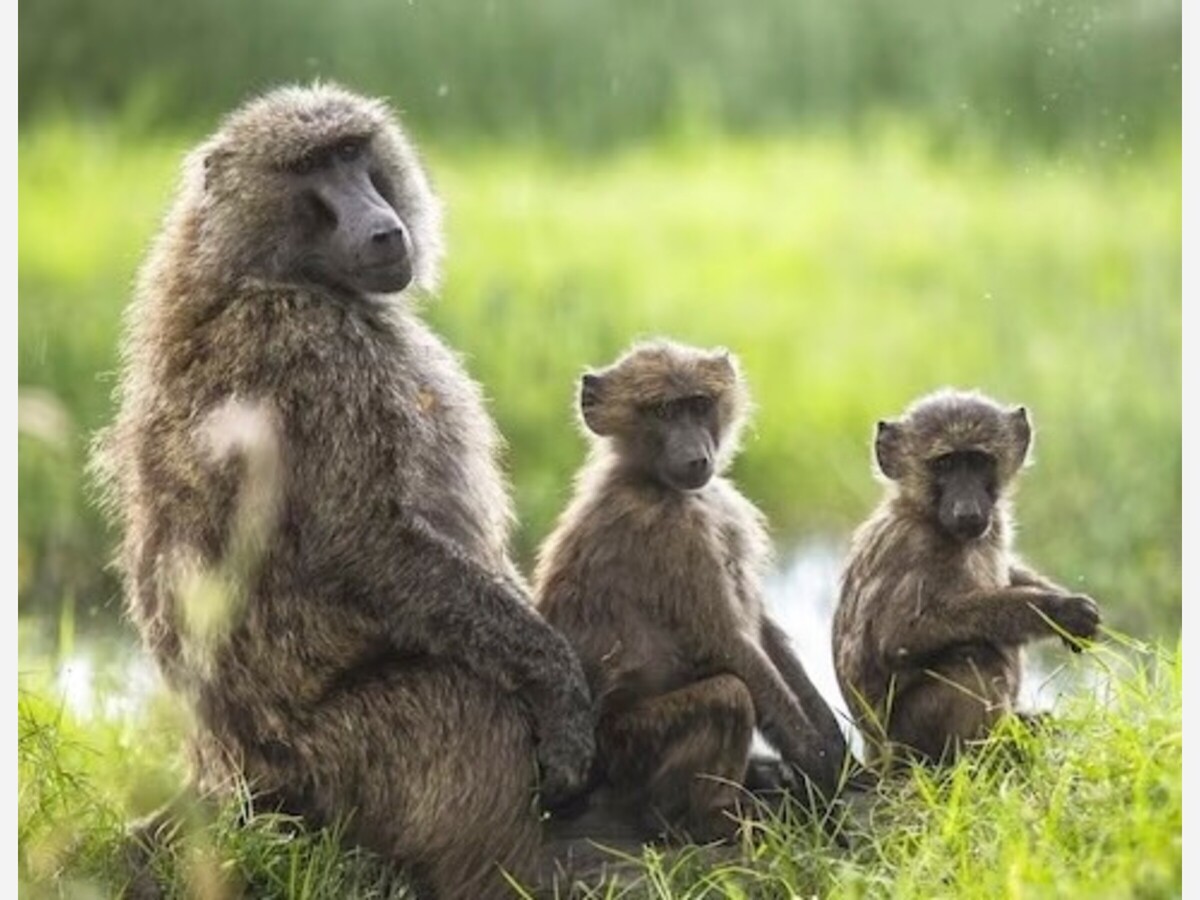Image

by Craig Bennett*
Although stress is a more or less constant concern for us humans, we don’t ordinarily think of it as affecting other animals. After all, they don’t have to worry about paying bills, or enduring a long commute through rush-hour traffic to and from work every day, or patching things up with a short-tempered spouse. Animals are free, we assume, and have none of the problems that affect people in the modern world.
But many of our human problems result from the fact that we are social animals. We live not as individuals but in groups—and we are not the only animals who do so. Most notably, our closest animal kin, the primates, are social animals in much the same way that we are. They live in groups. Their groups have a moderately complex social structure. They cooperate, compete, and experience many of the same behaviors—and their consequences—that we do. And one of those consequences is stress.
Dr. Robert Sapolsky, a neurobiologist at Stanford, studies stress; but in other primates, not in human beings. For some thirty years or more he studied a troop of baboons in Africa. Baboons spend only a fraction of their time getting the calories they need to remain active; the rest of it they devote, to a large extent, to harassing those beneath them in the pecking order. Sapolsky discovered that the level of stress hormones in their blood was directly correlated with their place in the pecking order of the troop. Apparently, to paraphrase Sartre, hell is also other baboons.
About ten or a dozen years after he began his studies, a nearby tourist facility began dumping its garbage near the troop’s territory, and the baboons began feeding on it. Unfortunately, the facility dumped some meat there that was tainted with tuberculosis. However, because of the hierarchy within the troop, only the alpha males had access to the meat. Consequently, only the alpha males contracted tuberculosis and died. All of them.
That provided the occasion for major changes in the social structure of the troop. The males that were left were largely unaggressive, friendly toward females and younger baboons, and more interested in cooperation than competition. There was much more sharing and cooperation and much less hostility and persecution among the baboons of that troop than there ever had been before. Not only that, but it is the habit of young male baboons to leave their native troop and eventually make their way into the social structure of another (which would reduce the effect of inbreeding). However, the males who attached themselves to Sapolsky’s troop didn’t become the new alpha males. Instead, it took about six months for them to adapt to the novel ways of Sapolsky’s troop, but eventually they did. And that minimally aggressive, cooperative, friendly behavior was still the norm among the baboons of that troop twenty years after their transformation.
One would hope that we humans are at least as capable of learning new, more beneficial behaviors and maintaining them as are baboons. And we may not even have to kill off all the alpha males in order to accomplish it.
* Craig H. Bennett holds degrees from Ursinus College and The Johns Hopkins University and is retired from the two-year college faculty of Valley Forge Military Academy and College. Prior to that he taught English in the Boyertown Area School District. He is the author of Nights on the Mountain and More Things in Heaven and Earth.